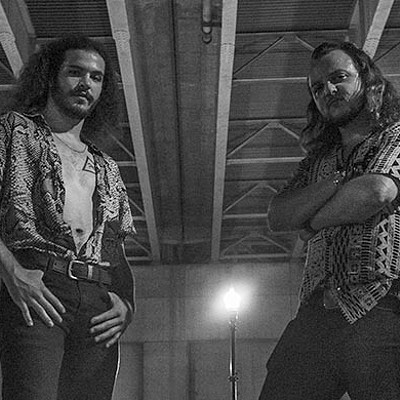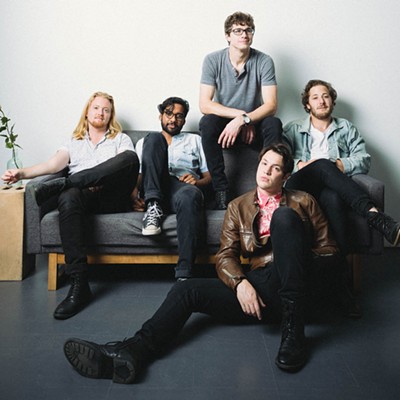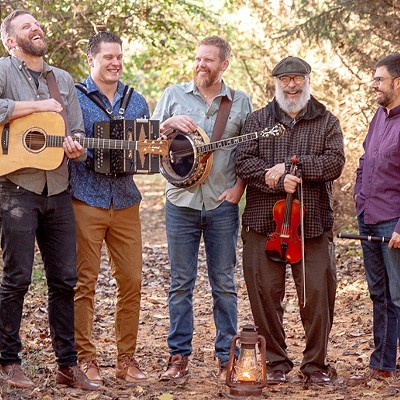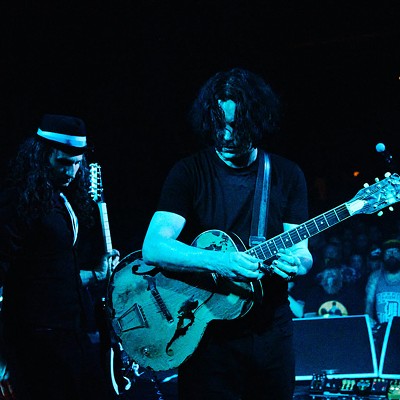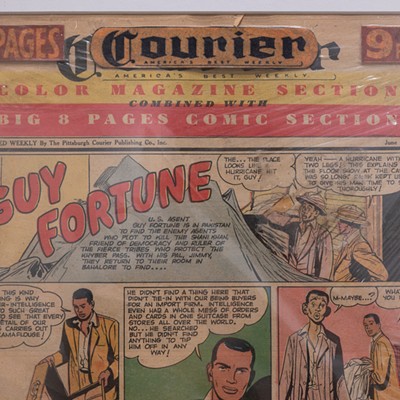It's wonderful that we live in a musical universe where we can purchase re-issued recordings of, for instance, a Zimbabwean string band from the '30s who sound not unlike a similar ensemble from Tennessee, or a Nigerian acid-rock power trio more influenced by Grand Funk than James Brown. But it begs questions too. How should we listen? As a nation of consumers, are we able to truly grasp recorded music's geographic impurities and learn something? Or do we merely digest them as kitsch and, like paper plates, toss them aside after we're "done"? French label Buda's bottomless Ethiopian releases and Sun City Girls bassist Alan Bishop's scrappy re-issues of mongrel Indonesian cassette recordings are giving us further reasons to consider just why we like what we do and, for those few who concern themselves with origins, note further twists on an already knotted path.
Volume 16 in the Ethiopiques series -- which has shown no dips in quality, or quantity for that matter, as volumes 18 and 19 are already on the burner -- brings us the first volume of Ethiopian music both recorded during that country's all-too-brief early '70s heyday, and completely devoted to a woman. Asnaqetch Werqu was an Asmari, the Ethiopian musician caste, and initially worked as an actress and dancer in the Haile Sellassie I theater troupe -- in fact, she was the first woman to be part of this troupe. But Werqu is better known for her mastery of the krar, an instrument often considered to be "the work of the devil" (not unlike the fiddle in North American folk history). The krar resembles a small harp and is placed on the knee and plucked as the singer chants a friend's praises or on-the-spot poetic improvisations. On the Ethiopiques release, Werqu weaves epic tales and woeful ballads of lost love. In fact, stripped down, krar-only versions of tunes heard elsewhere in this series pop up here, giving us a sense of the music's oral history.
On the other hand, Volume 17 -- a 70-minute dose of fervent soul belter Tlahoun Gessesse -- is another East African groove bomb in what now seems like the Ethiopiques tradition. Not as seductive as Mahmoud Ahmed (volumes 6 and 7), or as frantic as Alemeyehu Ashete (Volume 9), Gessesse holds verbal court over grooves that float and bob like a funk band from Mars. Many of the horn melodies here could, and probably did, charm snakes and cast out demons. Aside from the distinction of being a pan-African sensation (the first from Ethiopia), he was also politically outspoken, getting himself arrested during the 1960 coup. (Those familiar with Volume 3 of the series have already experienced a small sampling of Gessesse, and Buda is promising more to come from this still-active superstar.)
Folk and Pop Sounds of Sumatra, only one of a three-part series, is a random selection of lo-fi cassette recordings collected during Alan Bishop's 1989 trip through Indonesia. For those familiar only with that region's Gamelan orchestras, the sheer goofiness of some of these tunes will be a shock. Much of this has the "all pop styles in a blender" feel of classic Bollywood film music, and the fact that Bishop has opted for grainy color photos of a few of the region's residents instead of liner notes keeps the mysteries intact, demanding that we hear this stuff on its own terms. If some of it comes across as some sort of shmaltzy, Portuguese-influenced karaoke guff, that's because it probably is. On the other hand, we're also treated to farfisa organ- and guitar-drenched ballads, rural flute and percussion excursions, fiddle-dominated European-influenced laments, and what appears to be some bizarre Sumatran drama, complete with groans and the sounds of violent force.
Bishop's trilogy isn't the first document of Indonesian pop music -- the sadly defunct Original Music label's Street Music of Java is a particularly amazing collection. But the range of styles explored here goes far to prove to what extent Indonesia is culturally the most mixed-up, yet exclusive, place on earth.


